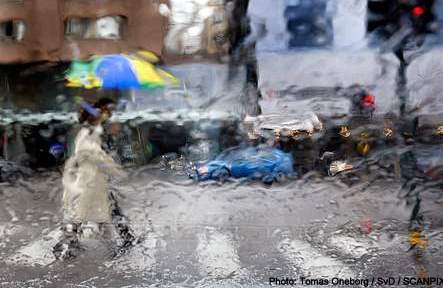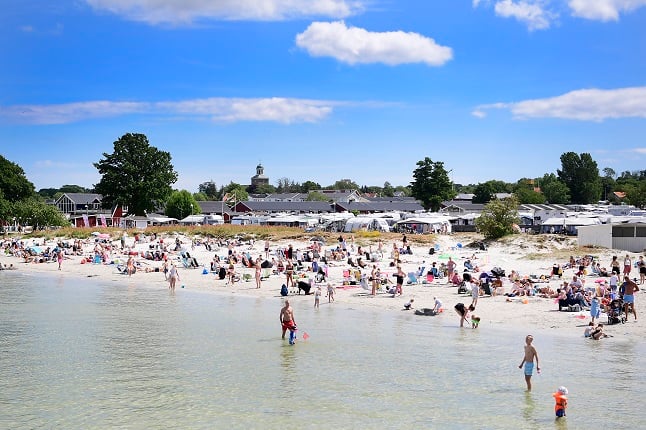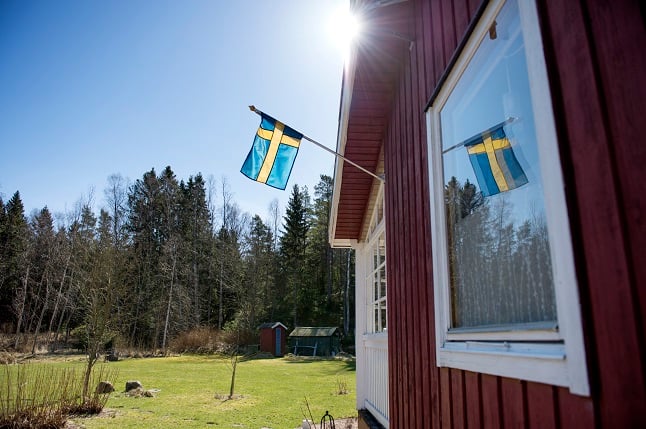One person was stabbed to death during a fight north of Borgholm, and several other people sustained less severe knife wounds. Police were called shortly after midnight on Midsummer Day but do not want to release further details.
“To say the least, this is a mess. A lot of youth were on Öland to celebrate Midsummer and this was a fight between rival gangs. Knives were involved, one person died and several are injured. Their relatives have not yet been informed,” Alf Jacobsson of the Kalmar police told TT.
The celebrations in Gothenburg were characterized by fights and drunkenness, but there were no major incidents.
“It was like a more troublesome Saturday. But now it’s pouring rain and that is a good preventative measure when it comes to criminal activity,” said Thomas Gorner of the Gothenburg police.
In Skåne in southern Sweden, midsummer celebrations remained calm until around 1 am.
“Then it was like …all hell broke loose. There have been a lot of incidents. There has been drunkenness, fights, assault, but not at a bar, but rather at a camp sites and private parties,” said Anders Nilsson, commander on duty in Skåne and Blekinge.
No major injuries were reported, however, and no particular location has stood out, he added.
Other parts of Sweden reported that things were business as usual.
“Like a normal Midsummer. Things have been relatively calm in Luleå all year, and also now. Things have been more problematic in the northern part of the municipality, in particular in Pajala where a festival is going on,” said Catrin Hedqvist of the Norrbotten police in northern Sweden.
In Dalarna in central Sweden, things were calmer than usual, partially due to the weather.
“But in Leksand, where we normally have trouble, things were calm and we have had a lot of officers out,” said Kent Link of the Dalarna police.
In Stockholm, it was like a regular weekend and many were thought to have gone out of town.
“Of course we’ve had a lot to do, but I had expected much worse. The city centre has been the most calm,” said Jens Mårtensson of the Stockholm police.




 Please whitelist us to continue reading.
Please whitelist us to continue reading.
Member comments